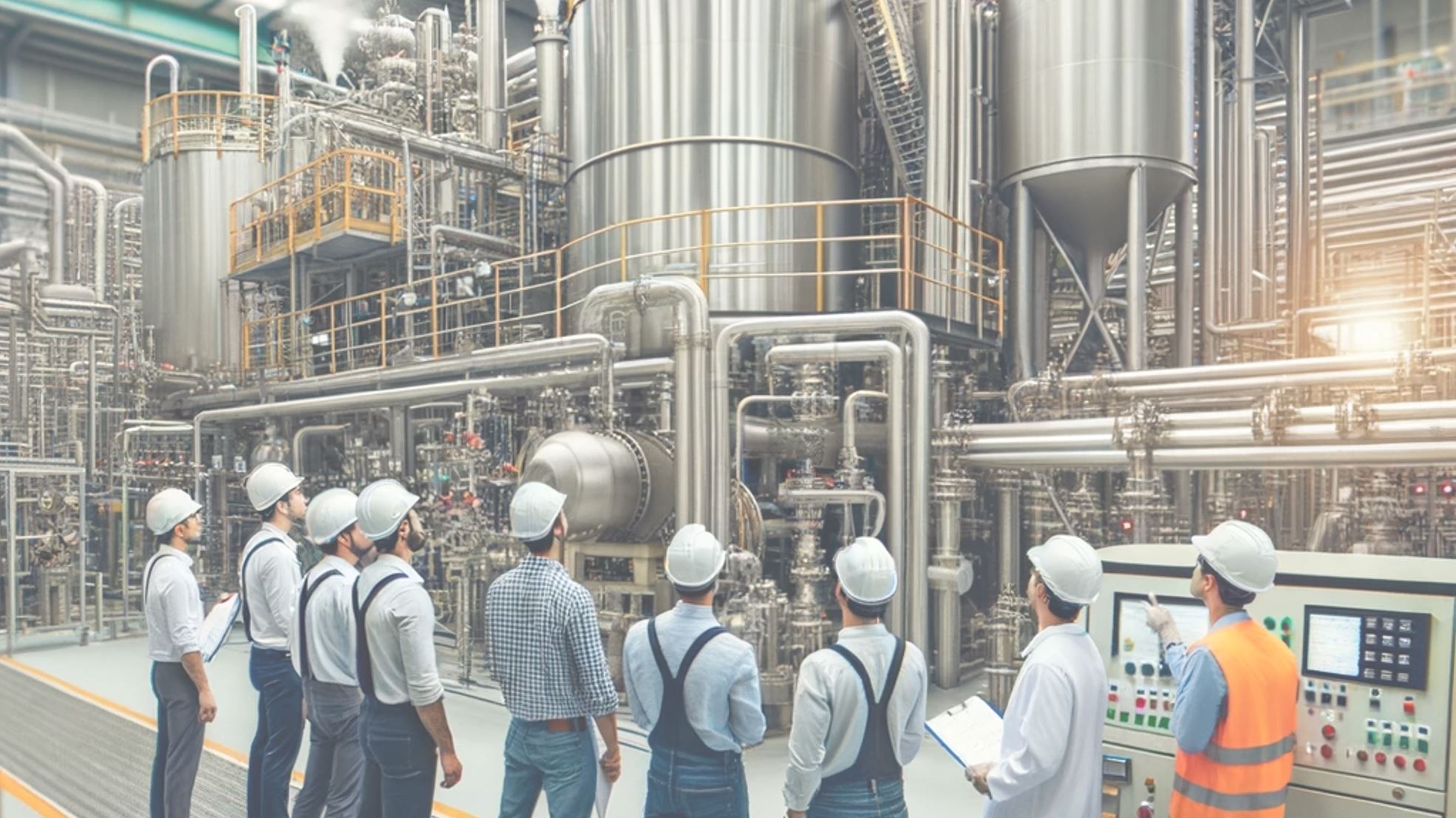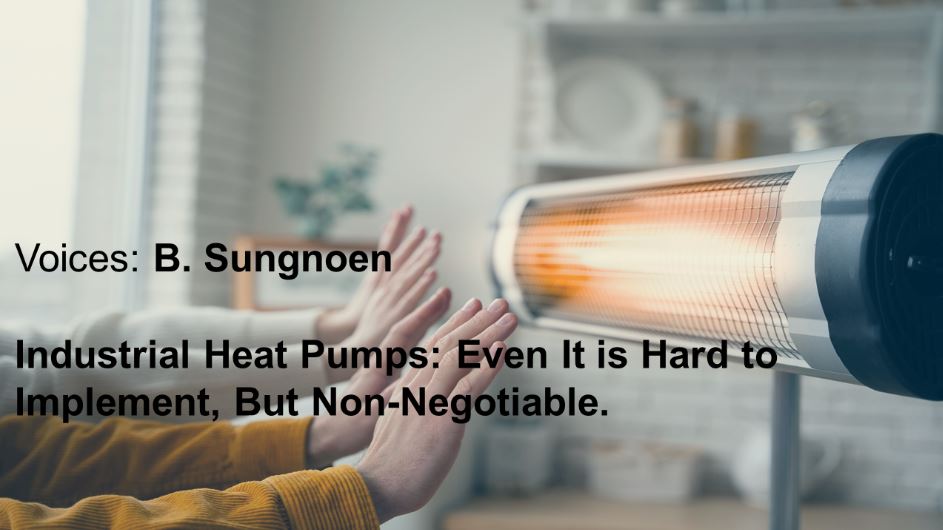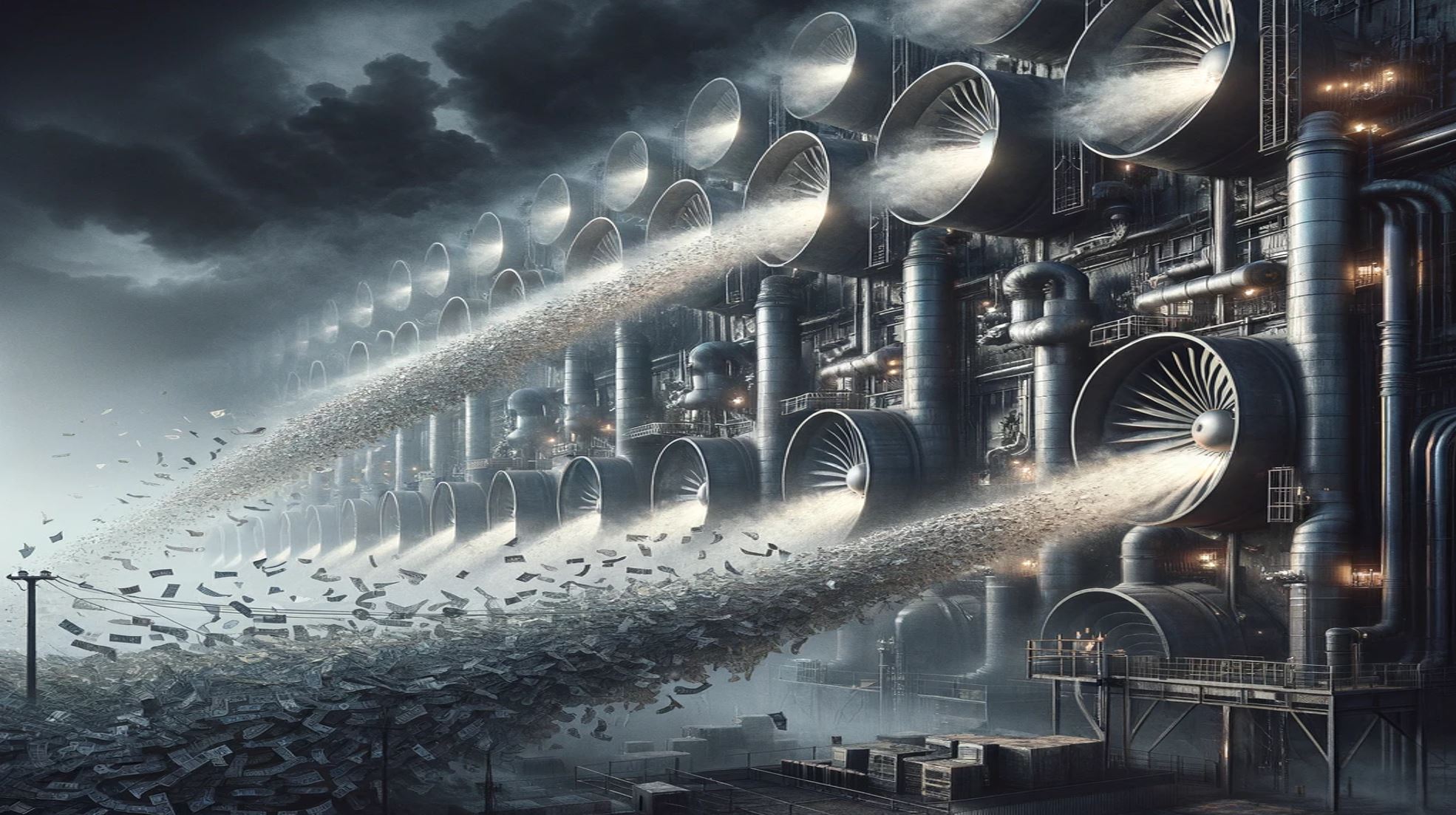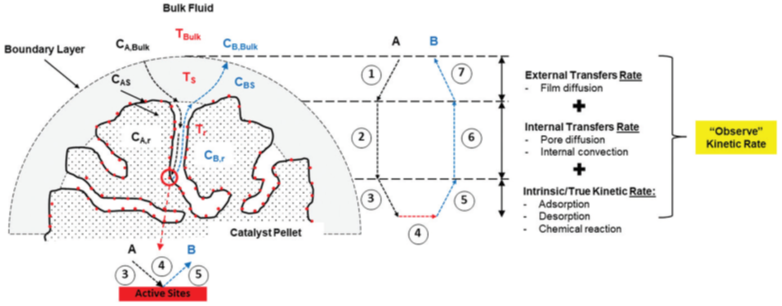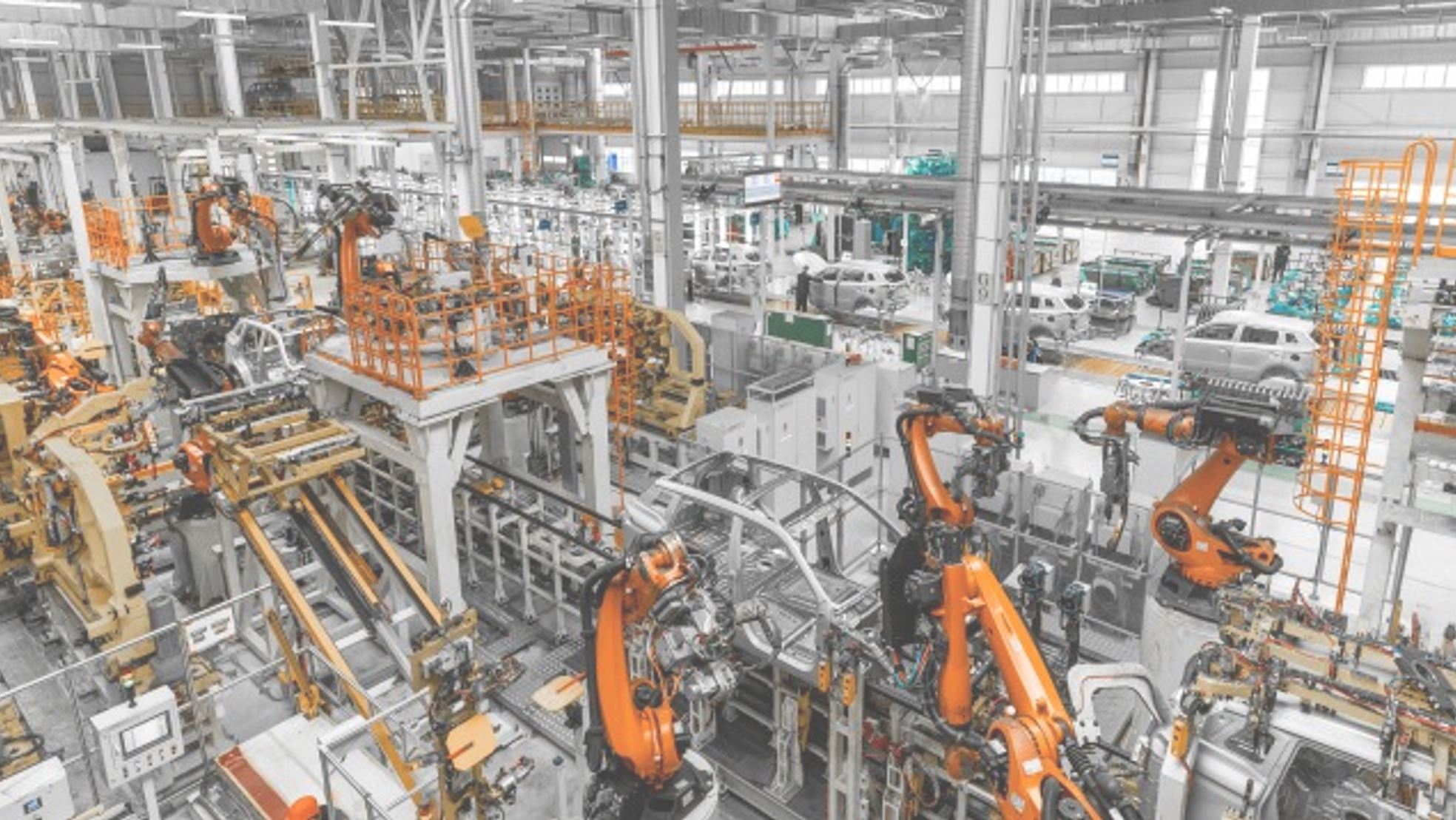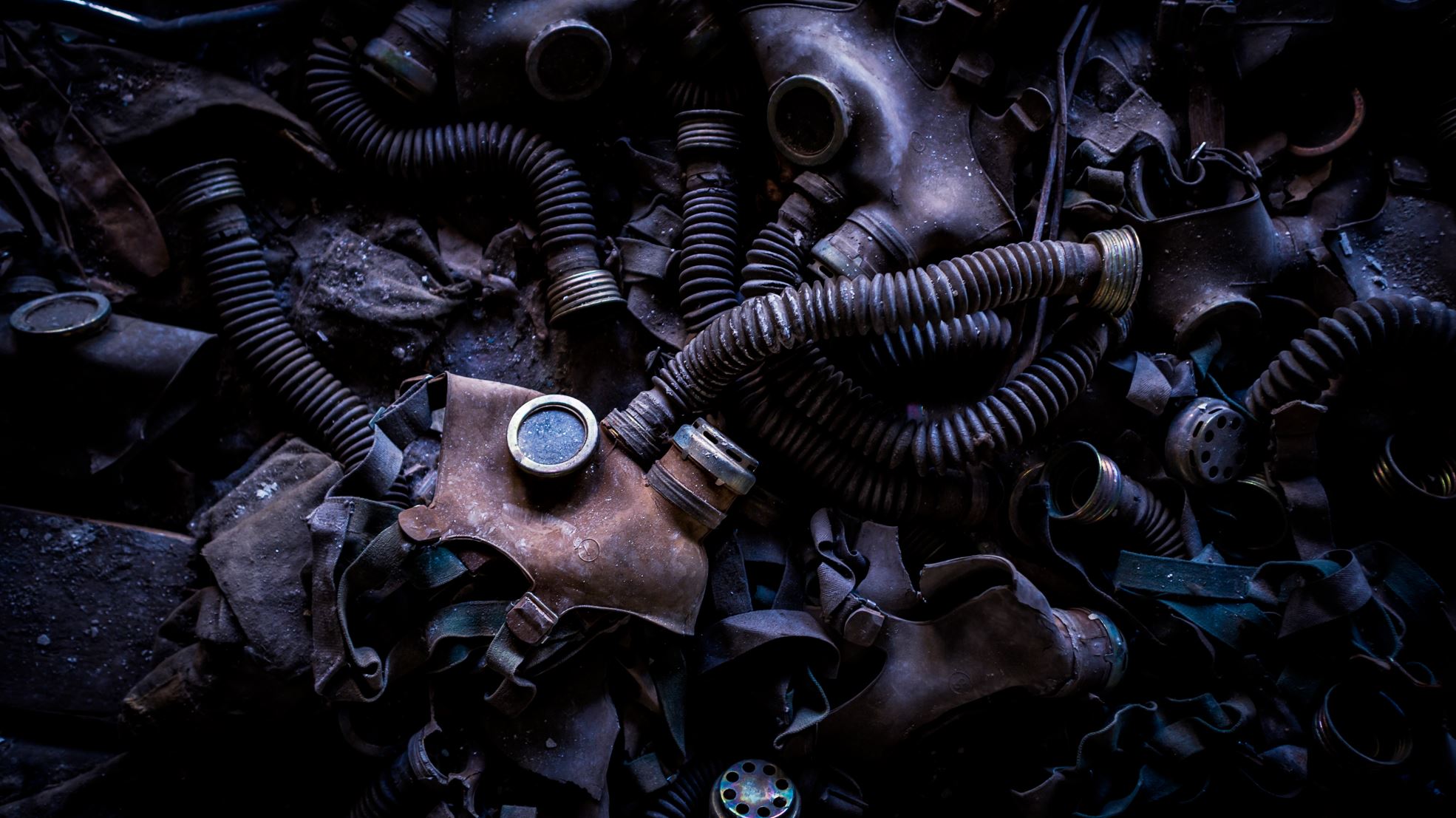

To be honest, I am a chemical engineer with experience helping people scale up- and down- chemical process technology which familiarity with engineering economics. Although I haven’t had experience in nuclear design, i have much experiences to do feasiiblity from small- to large scale productions.
Conventional nuclear reactors produce enormous amounts of electricity (>1,000 MW). Because they are so large, they benefit from economies of scale (vertical scaling). The infrastructure, regulatory costs, and safety systems, while expensive, are spread out over a massive output, reducing the cost per unit of electricity. It’s like running that massive chain restaurant where the overheads get diluted across numerous sales, making each burger relatively cheap to produce. For SMRs, they are designed to generate less power (typically < 300 MW). The idea is to make them easier to build, safer, and more flexible in terms of where they can be deployed.
However, because they’re smaller, they don’t benefit as much from economies of scale.
Now, “economies of scale”. When it comes to nuclear reactors, bigger is often better. If you double the size of a reactor, you’re not doubling the costs. In fact, you might only see costs go up by about 40%, and you don’t necessarily need more people to run it. SMNRs, on the other hand, miss out on these savings. They tend to have higher costs per megawatt, especially when you try to scale them up to match the output of a larger reactor.
For the “Construction and Assembly Problems”, the idea with SMNRs is to build them in pieces and then put them together on-site, kind of like a giant Lego set. Sounds easy enough, but in reality, this method has been tried before with other types of power plants, and it often led to major cost overruns and delays.
“Decommissioning and Long-term Costs” of SMNRs could be just as complex and expensive as decommissioning a big reactor being a serious concern and add another layer of economic challenges that can’t be ignored.
The “Regulatory”, SMNRs face a tough road when it comes to getting regulatory approval. Moving beyond the initial designs means jumping through even more hoops, which adds to both the costs and the timeline. This makes them less competitive compared to larger reactors that have already cleared these hurdles.
When we look at “Comparative Costs”, things don’t get any better. Building an SMNR can be just as expensive, if not more so, than constructing a large conventional reactor like the Westinghouse AP-1000. For instance,
the NuScale project faced a significant cost increase, with the target price for power generation rising by 53%, from $58/MWh to $89/MWh.
The NuScale project’s cost estimates ended up being in the same ballpark as those for large reactors, even though its output was significantly lower.
So, SMNRs’re probably only viable in “Niche markets”
think geographically isolated areas where you can’t justify a big reactor. But on a global scale, there just isn’t enough demand for SMNRs to make mass production cost-effective or to benefit from standardization and repetition.
First off, “Staffing and Operational Complexity” are big issues. You’d think that smaller reactors would need fewer people to operate, Well, not really. SMNRs actually require almost the same number of staff as the big reactors, which makes them less economical on a per-megawatt basis. Plus, when it comes to efficiency and cost-effectiveness, larger reactors have had decades to get things just right, and SMNRs just can’t compete on that level.
Then there’s the whole idea of using a “Thorium fuel cycle”. Sure, it sounds like a cool alternative, and SMNRs are looking into it. But here’s the thing: we’ve tried thorium before, both in SMNRs and in bigger reactors, and it just didn’t work out.
Right now, there’s a huge push towards renewables like wind, solar, and battery storage being getting better and cheaper all the time. Moreover, the global energy policy is shifting fast. Countries are focusing on what’s immediately available and cost-effective to cut down on greenhouse gas emissions, and SMNRs just might not fit into that picture. As the world leans more into these tried-and-true solutions.
The views and opinions expressed in this Linkedin article are solely my own and do not represent the views or opinions of my current employer. This article is a personal reflection and does not involve any proprietary or confidential information from my current company. Any similarities in ideas or concepts presented in this article to my current company’s work are purely coincidental.



